Semi-Silica-Ziegel ist ein feuerfestes Aluminiumsilikatprodukt mit Aluminiumoxid (Al2O3) Inhalt von 15-30%, und ist ein halbsaurer feuerfester Stein. Bei Semi-Silica-Ziegeln wird im Allgemeinen feuerfester Ton mit Quarzsand verwendet, Pyrophyllit, refractory clay, or kaolin beneficiation tailings as raw materials. Semi-Silica-Ziegel schrumpfen beim Brennen weniger, denn bei 1250°C, Der Quarz im Rohmaterial wird in Cristobalit umgewandelt, und die Lautstärke vergrößert sich, Dadurch wird die beim Sintern des Tons entstehende Schrumpfung teilweise ausgeglichen. Der Herstellungsprozess von Halbsilikasteinen kann in zwei Arten unterteilt werden: gefeuert oder nicht gefeuert. Der Herstellungsprozess von gebrannten Ziegeln ist grundsätzlich der gleiche wie der von Tonziegeln; Ungebrannte Ziegel bestehen meist aus Wasserglas als Bindemittel.

Semi-silica brick details
| Produktname | Semi-silicon brick |
| AI2O3/% | 21.59 |
| SiO2/% | 76.58 |
| Fe2O3/% | 0.83 |
| Refractoriness℃ | 1630-1650 |
| Bulk Density g/cm³ | 2.1 |
| Scheinbare Porosität % | 18 |
| Normal temperature compressive strength / MPa | 29 |
| Lastweichungstemperatur(T6.6) / °C | 1490 |
Characteristics of semi-silica bricks
Refractory: The refractoriness of semi-silica bricks is usually between 1580°C and 1680°C.
Chemische Korrosionsbeständigkeit: It has good corrosion resistance against acidic and alkaline slags.
Thermal stability: It has good thermal stability and is suitable for environments with large temperature fluctuations.
Semi-silica brick application
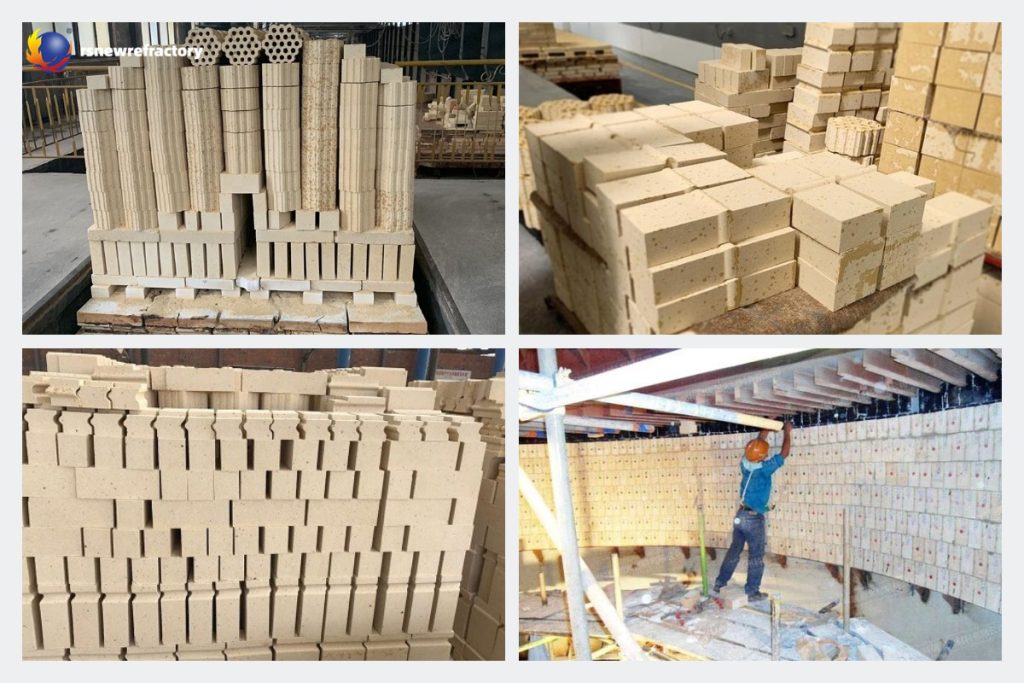
Semi-silica bricks are stable in volume at high temperatures (slightly expanded), which is beneficial to improving the integrity of the masonry and reducing the erosion of the slag on the masonry; when in contact with high-temperature slag, a layer of viscous glaze-like substance is formed on the surface of the brick, blocking the pores and preventing the slag from penetrating into the brick, thereby improving the brick’s anti-erosion ability; and the load-deformation temperature is relatively high; so in some occasions, its service life is not inferior to that of ordinary clay bricks.
Semi-silica bricks are mainly used as linings for steel ladle and refractory layers for pouring steel systems. Zusätzlich, they can also be used for hot furnace roofs, regenerator checker bricks, cupola linings, Verschiedene Ofenböden und Abzüge.
Semi-silica brick factory production process
- Raw material selection: Select raw materials with high silicon and aluminum content, such as clay and quartz.
- Mixing and homogenization: Mix and homogenize the raw materials to ensure uniform distribution of the ingredients.
- Molding: Use molding methods such as pressing or extrusion to make bricks of the required shape.
- Drying: The bricks are dried in a drying room to remove moisture.
- Firing: High-temperature firing in a tunnel kiln or shuttle kiln to form hard semi-silica bricks.
- Inspection and grading: The fired semi-silica bricks are inspected for quality and graded according to size, appearance, und Leistung.
Vorstellung des Unternehmens Rongsheng
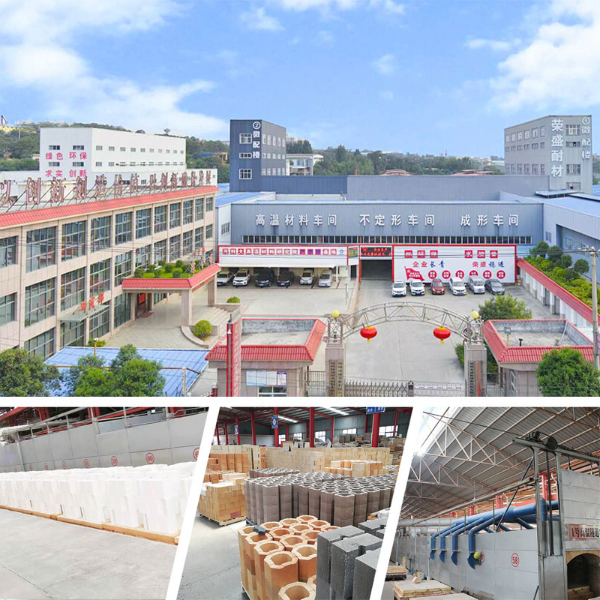
Rongsheng Company ist ein professioneller Lieferant von feuerfesten Materialien, mit 10 langjährige Exporterfahrung, Exportieren in mehr als 80 Länder. Zu den Hauptprodukten der Rongsheng Company gehören verschiedene feuerfeste Steine, ungeformte feuerfeste Materialien, metallurgische Materialien, Wärmedämmstoffe usw.
 Rongsheng Refractories Factory
Rongsheng Refractories Factory
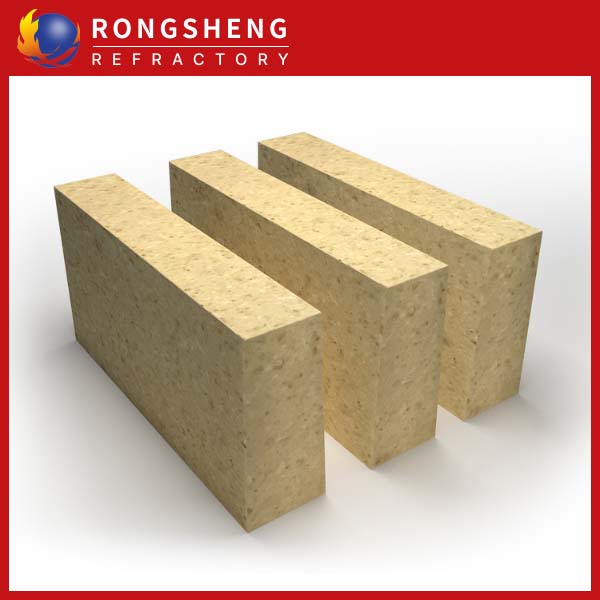
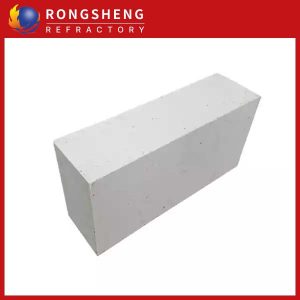
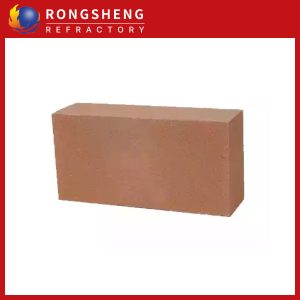
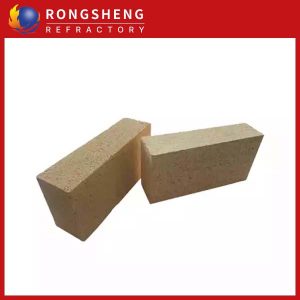
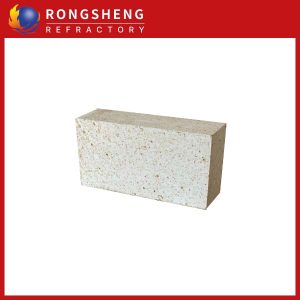
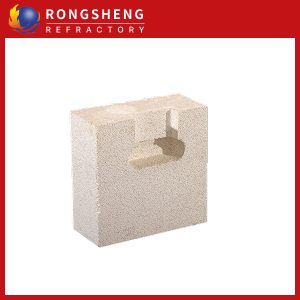
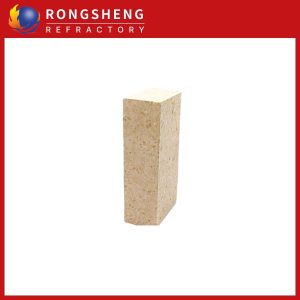
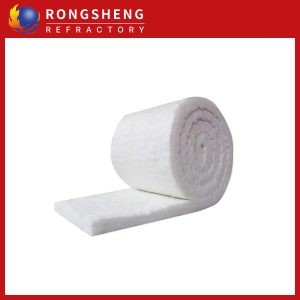
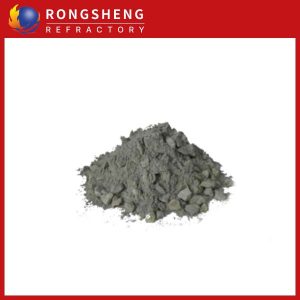
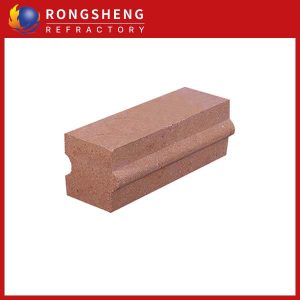
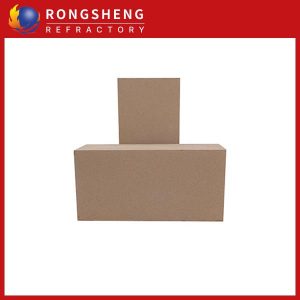
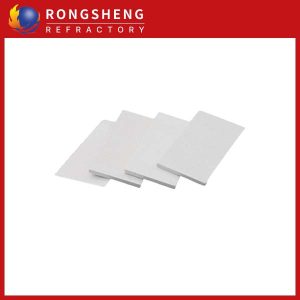
WeChat
Scannen Sie den QR-Code mit wechat